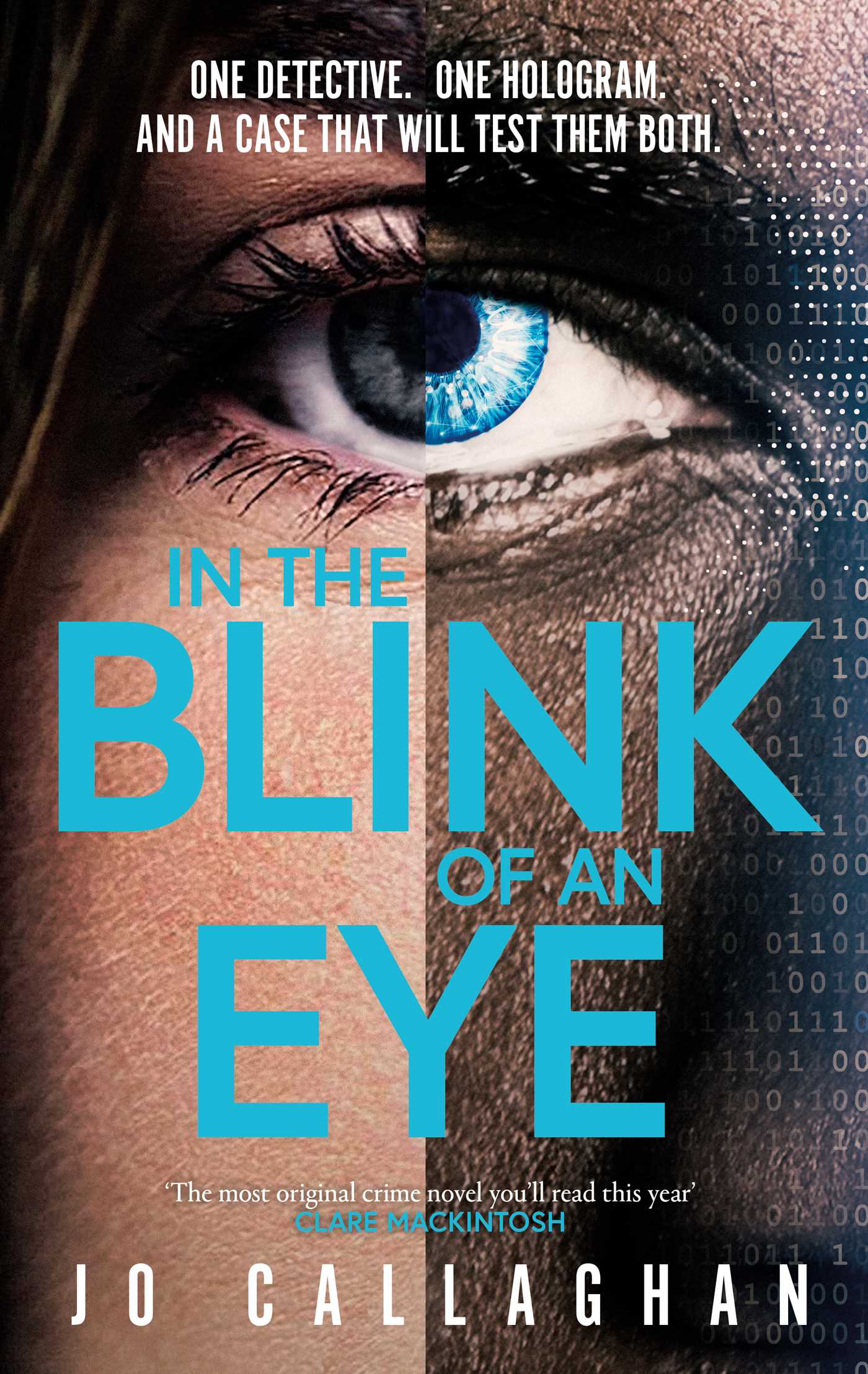Physical Address
304 North Cardinal St.
Dorchester Center, MA 02124
Physical Address
304 North Cardinal St.
Dorchester Center, MA 02124

“The blink of an eye,” is a phrase often used to describe time passing too quickly. Interestingly, the average eye blink lasts about one-third of a second. Photography, however, demands a far more disciplined approach to time management. The term “photography,” derived from Greek, means “light drawing.” During the 1800s, as photographic processes evolved, the time required to make a camera exposure was measured in minutes.
As film materials became more light-sensitive, the advent of digital sensors has enabled image-making in near-total darkness. Similar to how nuclear scientists split atoms, camera engineers now offer astonishingly fast microsecond shutter speeds. For instance, a recent camera announcement touted an electronic shutter speed of 1/16,000 of a second on a consumer-priced model. Although I’m not tackling the high school math class problem that compares that to 1/3 second, one has to wonder about the practicality of such numbers.
The human operator is often the weakest link in any machine, so let’s focus there first. The top shutter speed on my trusty old 2008 Nikon is 1/8000, half as fast as the new model. Despite being a sixteen-year-old warhorse, it still sounds fast. Let’s choose a fast-moving subject to capture at its peak motion. Simple, right? We need a straightforward subject performing a repetitive motion — like a person jumping into water. Splashing liquids usually make for great stop-action images.
The photo concept here is a sharp image of a person halfway into the water. The challenging part? Timing. Regardless of how fast the shutter is, the key to success lies in the sequence of the eye, brain, and finger pushing the shutter release. New electronic viewfinder cameras have no mirror to slow things down, giving them extra credit. However, with old-school cameras, if you see the image, you missed it because the mirror was up, blocking the view.
Back at the water scene, our shutter is set at 1/800, and willing subjects are jumping. The image above shows the results: a great water splash, but just a hand is visible. While I might argue to a photo editor that it’s a great storytelling image since the situation was a life-saving drill, it’s clear that the trigger was terribly late.
Technology will continue to evolve every few months, promising newer and better solutions. A lot can happen in the blink of an eye, but the blink of a shutter never lies. Practice and technique usually triumph over technology.
Source: Cape Cod Times



